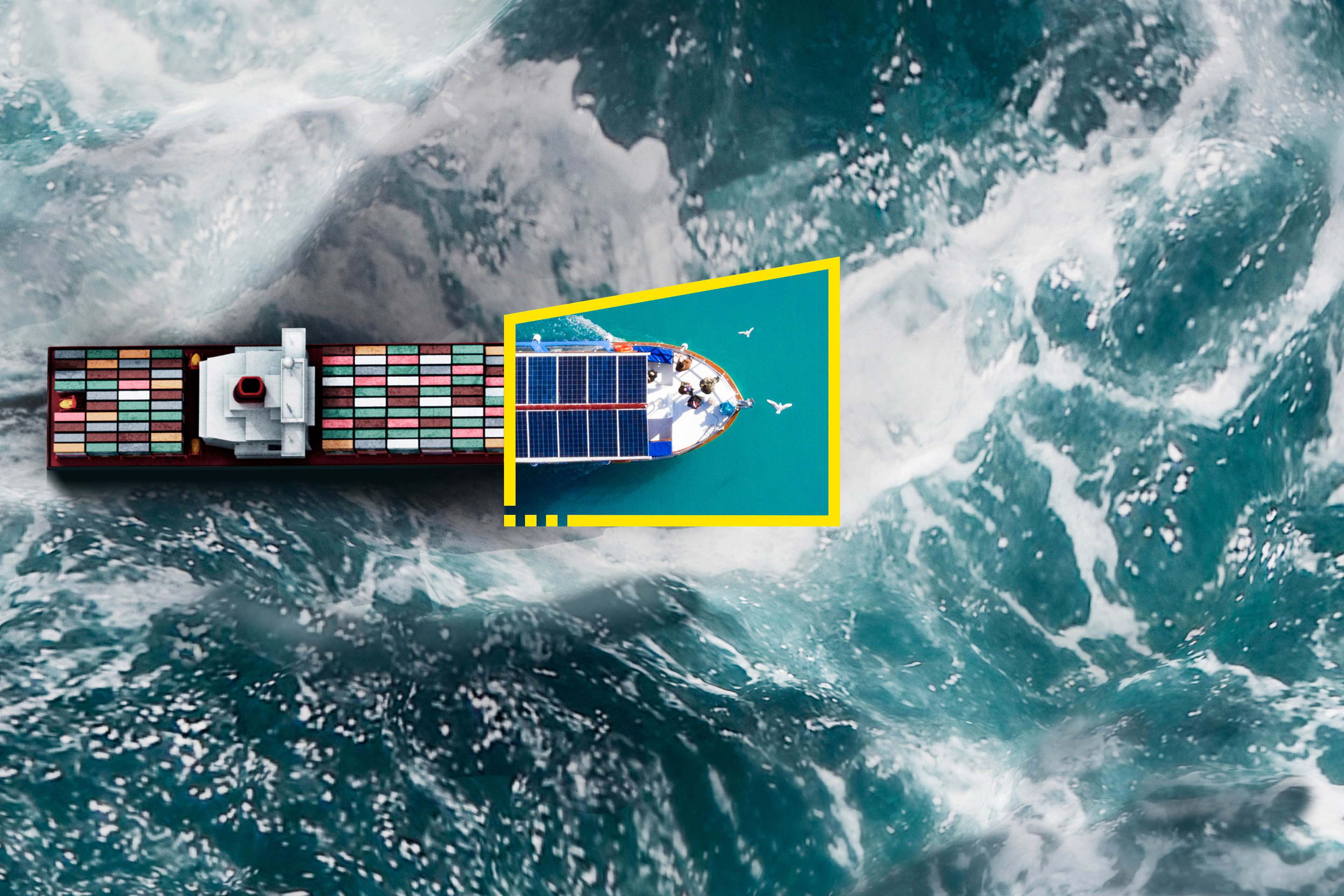2. Growing and increasingly interconnected risks
Extreme weather events, the COVID-19 pandemic and the war in Ukraine were early instances of risks, long considered unlikely, which are now expected to occur with greater frequency. The reason such risks — not just pandemics and wars, but also sovereign debt crises, social unrest, infrastructure loss, and strains on resources such as food, water and energy — are becoming more likely with time is the consequence of universal biases, as documented by behavioral scientists.
For instance, the tendency to excessively discount the impact of future events (known as “hyperbolic time discounting”) has led us to put off corrective action for decades on trends such as climate change, economic inequality and antibiotic resistance. This cumulative neglect makes it more likely with each passing year that these growing trends could set off extreme weather events, social unrest or a bacterial pandemic.
And, in today’s interconnected world, these crises are also increasingly correlated, meaning that when one hits, it can set off many others — as happened with scores of downstream impacts during both the COVID-19 pandemic and the war in Ukraine.
3. Rising complexity
Most of us sense, whether empirically or intuitively, that the world is becoming more complex, and that this has been happening for a while. For instance, as supply chains went global and ultra-lean over several decades, they became incredibly complex — creating vulnerabilities that the COVID-19 pandemic laid bare. In response, many companies have diversified their supply chains to make them more resilient. This has involved replacing reliance on one country (China, for example) with operations across several countries — which is making supply chains even more complex.
Geopolitical shifts are contributing to complexity of the global system. The world order has shifted toward multipolarity, in which a greater number of powerful actors are shaping an increasingly complex global system. Multipolarity will continue to create challenges in global policy coordination, elevating the uncertainty and severity of any new crises that may emerge.
Climate change is increasing the complexity of the planetary climate system. We have already crossed six of nine sustainable planetary boundaries. This is creating multiple feedback loops (e.g., as the ice caps melt, they release trapped methane and replace bright sea ice with dark sea water — further accelerating global warming) which could tip over into rapid, irreversible change. Many of these effects are unprecedented in the history of human civilization, making them novel challenges for climate models — and even rendering some models obsolete.
The complexity of different systems is increasing not just because of trends within each system, but also because of the connections across systems. Extreme weather, for instance, doesn’t just make the climate system more complex — it also makes supply chains more complex. From the 2021 “deep freeze” in Texas that disrupted refining and petrochemical supply chains, to floods in China that unsettled supply chains across scores of industries, companies are increasingly needing to factor in such contingencies in their supply chain planning.
These trends are driving a series of disruptive events — what some have dubbed the “polycrisis” or “permacrisis.” The COVID-19 pandemic spurred the most sudden mass job loss and shortest-lived recession in history. Big tech stocks have been on a roller coaster in recent years, soaring during the pandemic, before becoming the hardest hit sector 2022 — and then ricocheting again to new highs in 2023 on the back of GenAI. Extreme weather is driving a new phenomenon of “weather whiplash,” as opposite weather extremes — such as floods in the middle of a drought — strike the same locations simultaneously or in quick succession, in places such as Australia, the Horn of Africa, and Zhengzhou, China.
To illustrate how the combination of multiple trends is driving complexity and risk, we constructed four indices to measure climate disruption, geopolitical uncertainty, economic uncertainty, and technological disruption. While these are not intended to be comprehensive metrics or precise predictors, they demonstrate how a steady rise in multiple trends over the past decade is challenging organizations to operate in an increasingly complex and disruptive environment.
Over the past decade, organizations have operated in an increasingly complex, volatile, and disruptive environment. This rise is driven by multiple factors:






